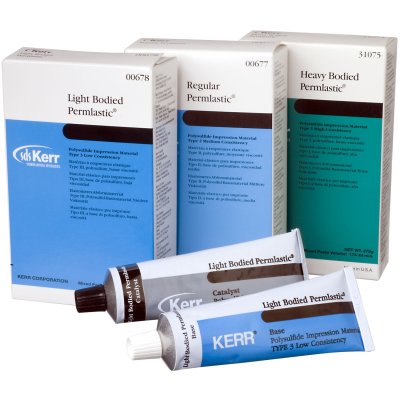Direct Esthetic Restorative Materials
There are four types of direct esthetic
restorative materials currently in use. They are:
- Composites
- Compomers
- Hybrid
Ionomers
- Glass Ionomers
Composites are dominating the materials used for direct esthetic restorations. Glass ionomers are primarily used for restorations of cervical eroded areas. Hybrid ionomers provide better esthetics than glass ionomers. Compomers provide improved handling and fluoride release when compared with composites.


